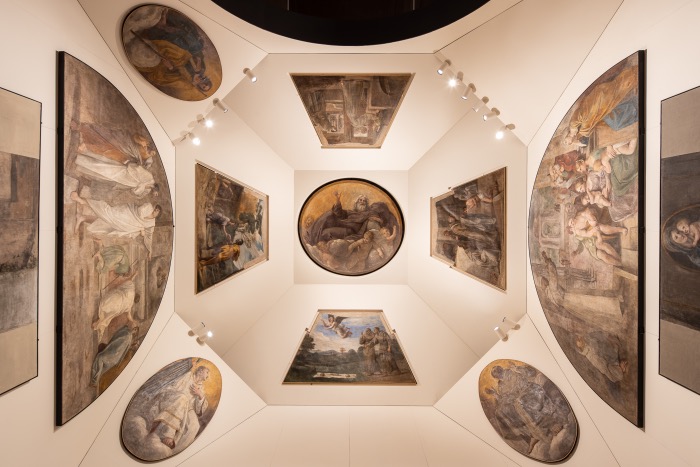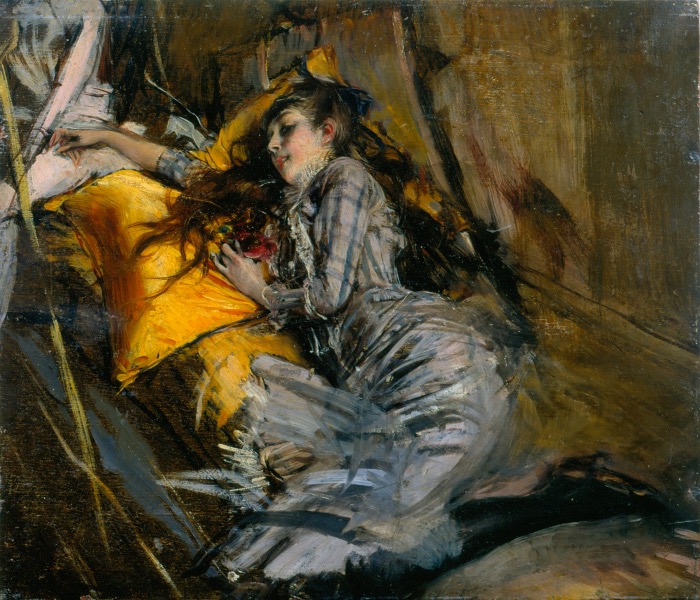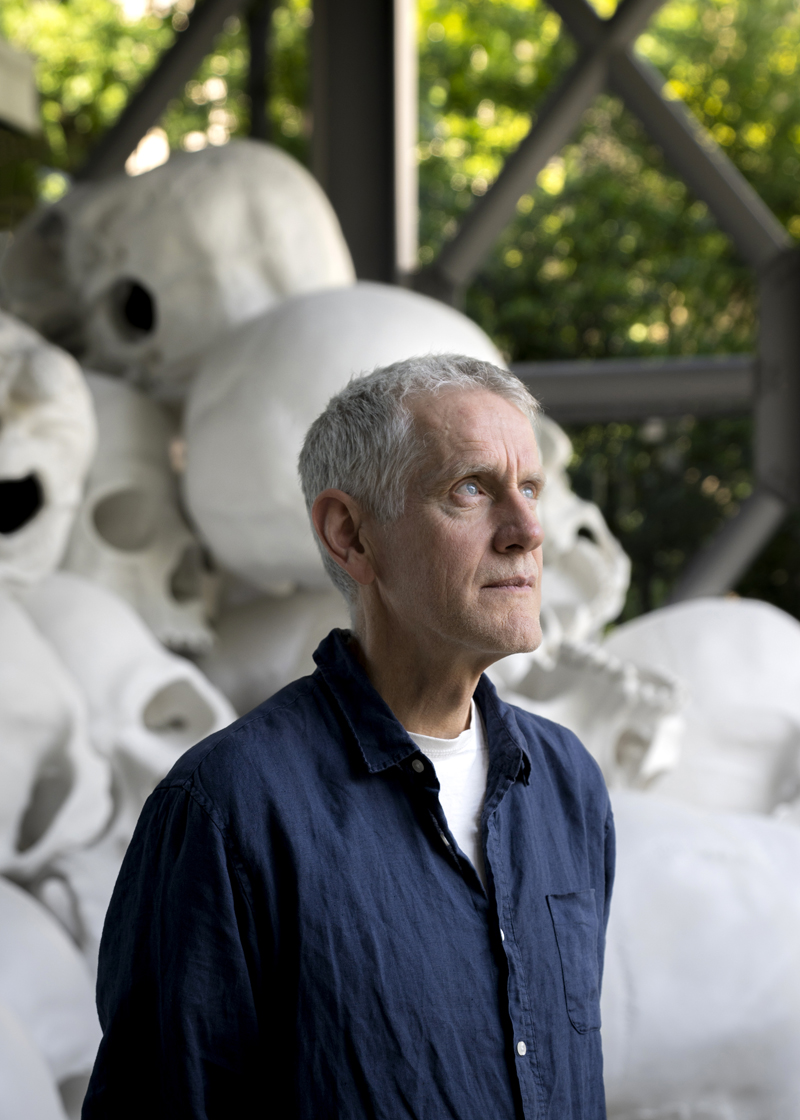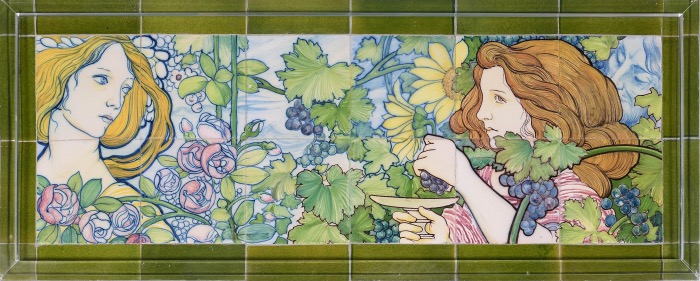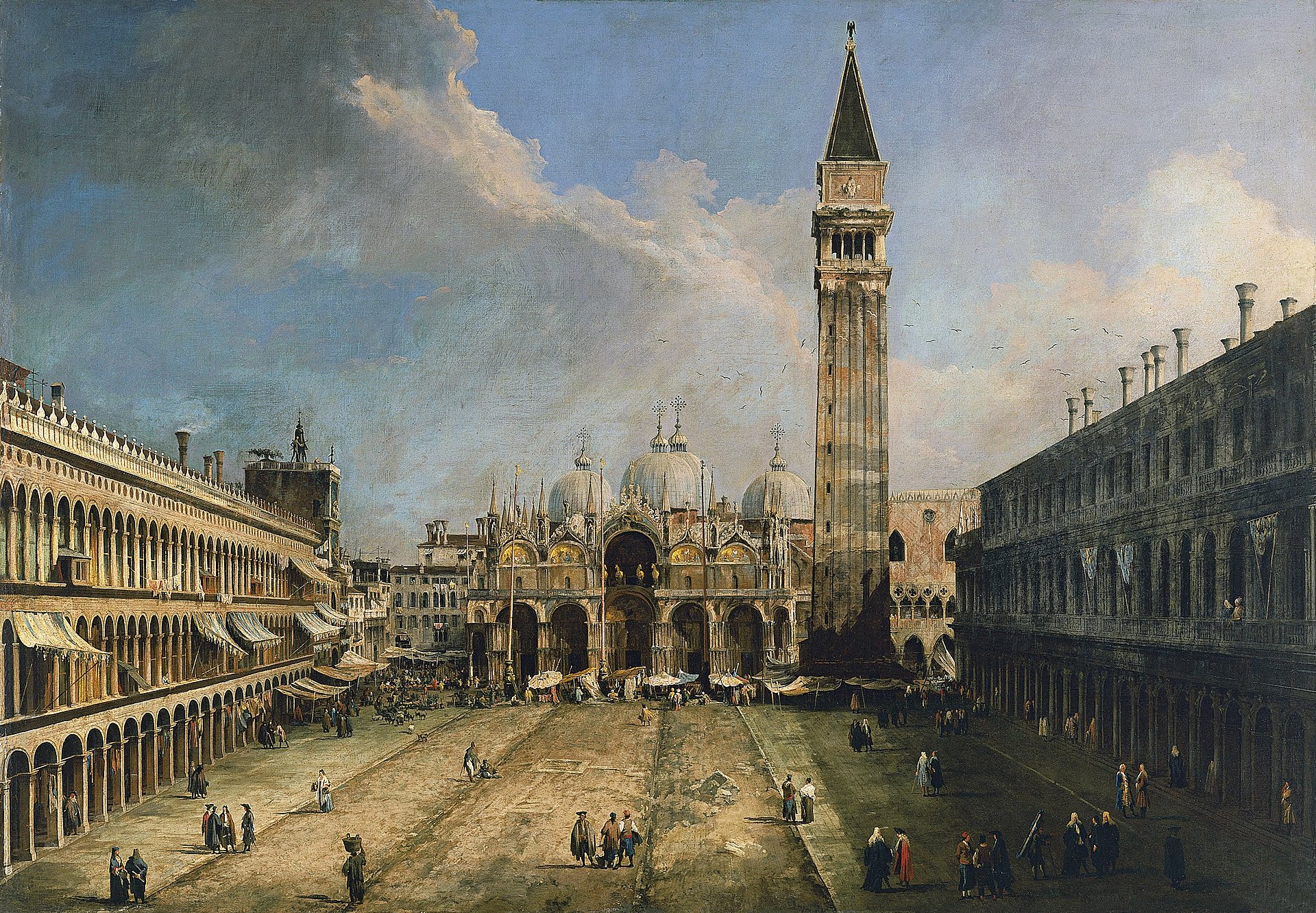
Canaletto, Piazza San Marco (1723 circa, Madrid, Museo Thyssen-Bornemisza)
FIRST STEPS OF CANALETTO, PAINTER OF VIEWS
Canaletto’s first steps as a painter of vedute can be traced back to a stay in Rome between 1719 and 1720 when, following his father Bernando Canal, a Venetian theatre set designer, he probably met the vedute artist Gaspare Vanvitelli.
We already know how Canaletto painted, but in a recent essay, Charles Beddington has pointed out that Vanvitelli’s example was certainly the decisive inspiration to embark on a career as a vedutista, pursued by the Venetian artist in a completely original way.
Canaletto painter of views


